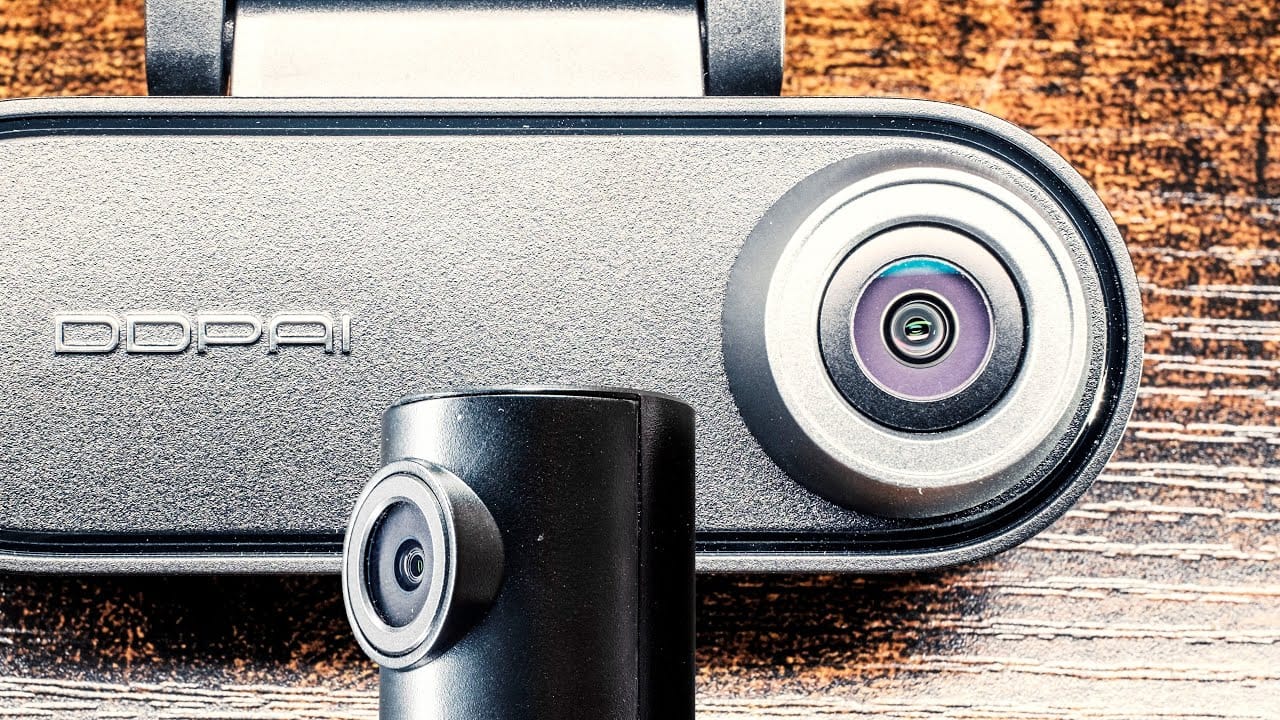With a variety of video resolutions, it can be frustrating to adjust al of them in one project without seeing an obvious difference between each shot. I often have clients or agencies who provide us with logo animations or footage that is delivered in 720p or 1080p but our project is finished in 2160p. So I decided to take a closer look into what can be done these days to match different resolutions in quality.
So, what can you do to improve the image quality? The most obvious thing to do would be to sharpen the footage to make it appear more detailed. Unfortunately this kind of upscaling and sharpening only works well until 150% but not 200%, depending on the footage.
If I need to use 1080p footage in a 4K project I tend to use After Effects which has a tool that does a good job at upscaling graphics and regular videos. The “detail-preserving upscale” effect just has a few settings like noise reduction and the amount of detail it should output.
Even though this effect does a fairly good job it’s not perfect and the footage often doesn’t match with real 4K footage.
A good alternative to After Effects is a stand-alone software called “Topaz Video Enhance AI”.
This company claims to use artificial intelligence to improve the input footage. It’s very slow when it comes to outputting the video, but the results are worth the wait.
The Topaz Video Enhance AI footage actually looks clear and clean and the upscaled footage in After Effects still lacks detail.

The Video Enhance AI software really shines when it comes to graphics and animation. There’s no way of telling that the original file had a lower resolution.

But the Video Enhance AI software isn’t perfect. There is still room for improvement when it comes to what should be displayed as detailed and what not: It cannot deal well with moiré and aliasing. The issue especially with older DSLR footage is that moiré is often sharper than the rest of the video. The problem: The software interprets moiré as valuable detail that should be further enhanced rather than minimized.
But if it’s really artificial intelligence that is being used it’s just a matter of time until it can deal with an issue like this.
So far I have been using the AI software mostly to turn HD super slow motion shots into 4K resolution as well as animated logos and graphics. But due to the strong GPU utilization I would only use it to turn short clips into a higher resolution. That also means that your graphics card should at least have 6GB of RAM. Currently the software supports an output of maximum 8K resolution – if your computer can handle it.
Written by filmmaker Moritz Janisch on March 16, 2020


